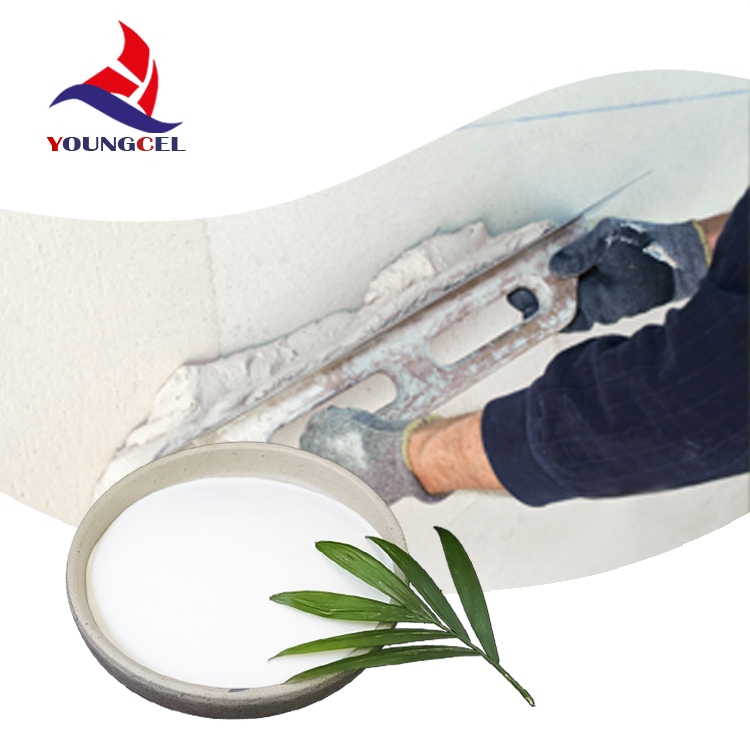Understanding Tile Adhesive Mortar and Redispersible Powder (RDP)
Tile adhesive mortar is an essential component in the construction and renovation industry, particularly for flooring and wall applications. It plays a critical role in ensuring that tiles adhere securely to various surfaces, providing not only aesthetic appeal but also durability and longevity to tiled areas. Within the realm of tile adhesive mortars, redispersible powders (RDP) have emerged as a significant innovation that enhances the performance of these adhesives.
What is Redispersible Powder (RDP)?
Redispersible powder is a fine, dry polymer powder that can be mixed with water to create a paste that behaves like a conventional latex-modified adhesive. RDPs are typically made from various types of synthetic resins such as vinyl acetate-ethylene (VAE) copolymer, which contribute to improved adhesion, flexibility, and water resistance of the mortar. When RDP is added to cement-based tile adhesives, it enables the mixture to become more workable and provides enhanced bonding properties between the tiles and the substrate.
Benefits of Using RDP in Tile Adhesives
1. Improved Adhesion One of the primary advantages of incorporating RDP into tile adhesive mortar is the significant improvement in adhesion. The polymer particles in the RDP form a strong bond between the tile and the surface, making it less susceptible to peeling or movement over time.
2. Enhanced Flexibility Tiles are subject to various stresses and movements due to temperature fluctuations, moisture changes, and mechanical loads. By using tile adhesives with RDP, the resulting mortar gains flexibility, allowing it to accommodate these movements without cracking.
3. Water Resistance RDPs confer substantial water resistance to tile adhesives. This is particularly important in applications such as bathrooms or kitchens, where moisture exposure is prevalent. The enhanced water resistance helps prevent mold growth and deterioration of the adhesive mix.
tile adhesive mortar redispersible powder rdp

4. Ease of Application Tile adhesives that contain RDP are generally easier to work with. They achieve a creamy and consistent texture, facilitating smoother application and better coverage. This not only speeds up the tiling process but also results in a more aesthetically pleasing finish.
5. Versatility RDP-modified tile adhesives can be used in various applications, including indoor and outdoor settings. They are suitable for a wide range of substrates, such as concrete, plasterboard, and various types of tiles, including ceramic, porcelain, and natural stone.
Application Considerations
While the benefits of using redispersible powders in tile adhesive mortars are robust, certain considerations must be kept in mind to maximize their effectiveness. The mixing process is crucial; RDP should be properly incorporated into the mortar to achieve the desired properties. Additionally, environmental factors such as temperature and humidity can affect the curing process, so it is essential to follow the manufacturer's guidelines for application.
Moreover, it is advisable to test the adhesive on a small area first, especially when working with new or untested materials, to ensure compatibility and performance.
Conclusion
Incorporating redispersible powders into tile adhesive mortars represents a significant advancement in the field of construction materials. The resulting improvements in adhesion, flexibility, water resistance, and application ease make RDP-modified tile adhesives a preferred choice for both professional contractors and DIY enthusiasts. As the demand for quality and durable tiling systems continues to grow, understanding and utilizing these innovative materials will play a key role in achieving successful tiling projects that stand the test of time.
-
The Application and Significance of Construction RdpNewsMay.19,2025
-
Industrial Grade HpmcNewsMay.19,2025
-
Building Coating Adhesive Building Coating Adhesive HpmcNewsMay.19,2025
-
Application Of Hpmc For Detergent For Detergent In DetergentsNewsMay.19,2025
-
Application Of Hpmc Cellulose In Cement-Based MaterialsNewsMay.19,2025
-
Application Of High Quality Hpmc For Construction In The Field Of ConstructionNewsMay.19,2025




